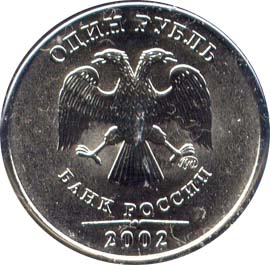The Central Bank of the Russian Federation, or the Bank of Russia, is again having to deal with currency volatility. While it tries to keep its economy from sliding further at the same time it tries to keep inflation from getting out of control, the central bank has suspended daily purchases of U.S. dollar and foreign currency reserves.
The move is after the ruble went above 67 euro and above 60 on the US dollar. It was not so long ago, later in 2014, that the Bank of Russia threw in the towel on trying to defend the ruble and let its currency float. It was in mid-May that the Bank of Russia resumed currency buying to bring its foreign-exchange reserves and gold reserves back up.
Efforts to stave off that decline were rather costly, although the ruble did ultimately improve handily from its lows. More recently, the slide in oil and the slide in gold have not been welcoming economic events for Russia.
Russia’s Information Notice on suspending operations to replenish international reserves said verbatim:
On 28 July 2015, the Bank of Russia suspended operations to replenish international reserves due to increased volatility in the domestic FX market.
The Market Vectors Russia ETF (NYSEMKT: RSX) was actually up 3% at $17.31 in mid-afternoon trading on Wednesday. Its 52-week range is $12.50 to $25.52. Van Eck’s website shows that the Market Vectors Russia ETF has roughly $1.9 billion in its total net assets.
Then there is the Templeton Russia and East European Fund, Inc. (NYSE: TRF) up almost 1% at $10.59. This is much thinner in volume, has only about $58 million in assets, and trades with a discount of 3.4% to its net asset value.
ALSO READ: Why S&P’s Junk Bond Threat to Brazil May Be Good
It’s Your Money, Your Future—Own It (sponsor)
Are you ahead, or behind on retirement? For families with more than $500,000 saved for retirement, finding a financial advisor who puts your interest first can be the difference, and today it’s easier than ever. SmartAsset’s free tool matches you with up to three fiduciary financial advisors who serve your area in minutes. Each advisor has been carefully vetted and must act in your best interests. Start your search now.
If you’ve saved and built a substantial nest egg for you and your family, don’t delay; get started right here and help your retirement dreams become a retirement reality.
Thank you for reading! Have some feedback for us?
Contact the 24/7 Wall St. editorial team.


